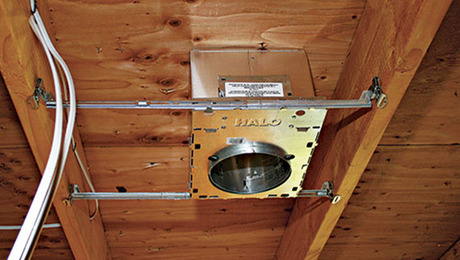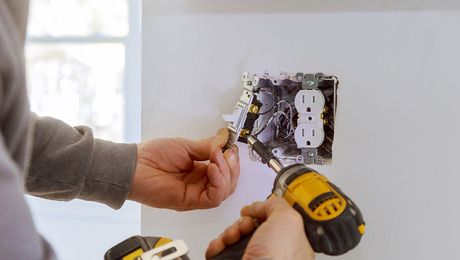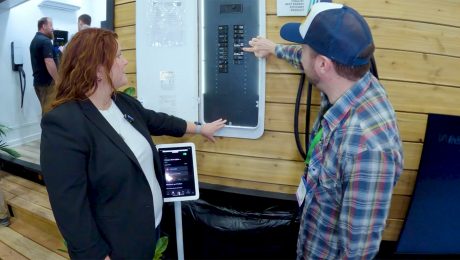The circuits on the electrical panel in my house aren’t marked on the panel cover. Is there an easy way to pinpoint which circuit handles which loads, or do I have to go on a hunting expedition?
—Heather Cope
Houston
B.W.: Circuit tracers exist, but due to their high cost (about $1000), I just check outlets and workboxes to see which breaker controls power to them. Most outlets and lights are grouped geographically or by function. Lighting is often run on 15-amp breakers, with outlets on 20-amp breakers (especially with arc-fault outlets needing to be separated from lighting). Bathroom outlets are usually on one circuit for cost-effective GFCI protection. Tone generators that can trace the wiring within walls are $60 to $300, but they can be finicky and are more useful for locating individual runs of wiring than whole circuits.


























View Comments
For doing this task on your own, one trick I have used to save some running up and down stairs is to use a baby monitor. Plug the base unit into a plug or light fixture (using a plug adapter for the light fixture) then turn on the receiver unit to check everything is functioning. Now when at the circuit box, if you switch off the circuit feeding that outlet or light fixture you should hear a blast of static coming from the receiver.
I had a slightly different circuit breaker identification problem in a 60 year old house that we had just purchased. There was a numbered table on the inside of the panel door to enable identifying the location of the outlets and lights that each breaker protected, however, the various outlets and lights in some rooms were hooked up to as many 3 different breakers and some breakers protected outlets and lights in more than one room. Thus, the identification table was necessarily incomplete, misleading and essentially useless. To make matters worse, the spaces in the table were too small to write in corrections.
After enough frustrations and wasted electrician hours, I decided to make identifying circuits easier. On simplified floor plans, I marked all outlets and fixtures with numbered squares, the numbers referring to the circuit breaker number on the electrical panel. I posted the marked floor plans on the wall next to the electrical panel so that an electrician could quickly see which breaker to throw for the work to be done.